|
This Lesser Black-backed Gull flight image was created with the Canon EF 70-200mm f/2.8L IS II USM telephoto zoom lens (hand held at 142mm) and the Canon EOS-1D X Digital SLR camera. ISO 400: 1/1600 sec. at f/4 in Manual mode. Note: this bird was in deep shade as it flew below us in the shadow of the ferry on a sunny day. Central sensor Surround/AI Servo/Rear Focus on the bird’s neck/upper breast active at the moment of exposure. Click here if you missed the Rear Focus Tutorial. Click on the image to see a larger version. |
Cheapest Bird Photography Trip Ever!
When we crossed to Texel with our two vehicles by ferry from Den Helder on April 24th, we had fun photographing the gulls with a variety of hand held lenses. More than a few kids and parents were tossing bread to the army of gulls that followed the boat. Three species predominated: Lesser Black-backed Gull–mostly adults in breeding plumage, Black-headed Gull–both adults and one-year-olds, and Herring Gull–mixed ages.
With the cold weather delaying the breeding season we were hard-pressed to find subjects on Texel. We learned that one could walk onto the Den Helder-Texel ferry on the Texel side and ride back and forth for free as long as you got off the ferry where you got on, on the Texel side. So on two subsequent afternoons we grabbed a flight lens or two and did just that.
Each day the sky conditions and wind direction determined our strategy. Each day was vastly different. The image above was made on our last free round trip as many gulls flew well below us very close to the ship. As top shots can be dramatic we all pointed our lenses straight down and went to work. Many of the clients were fooled by the histograms into thinking that they needed to add lots more light as the data was piled on the left side. All were working with only the RGB histogram. When I brought up the luminosity histogram it was easier to see the sliver of data the made its way well into the right-most histogram box. This data represented the bird’s head and the part of the breast that was visible.
I was the only one without a camera strap of some sort; my Black Rapid RS-7 strap was in my Think Tank bag back in the van. Not wanting to drop $7,000+ worth of gear into the sea far below, I held on dearly to my rig as I leaned over the rail.
|
This flight image was created on an afternoon ferry ride with the Canon EF 70-200mm f/2.8L IS II USM telephoto zoom lens and the Canon 1.4x EF tele-extender III (hand held at 200mm) along with the Canon EOS-1D X Digital SLR camera. ISO 400: 1/2000 sec. at f/6.3 in Manual mode in changing light. Central sensor Surround/AI Servo/Rear Focus on the bird’s back active at the moment of exposure. Click here if you missed the Rear Focus Tutorial. Click on the image to see a larger version. |
Different Can Be Great
With the windy conditions and the birds jockeying for position around the ferry it was relatively easy to create images featuring a variety of neat poses and wing positions. I love the wings fully forward pose in the image above. My best advice for creating something different? Once you frame and acquire focus keep your finger fully down on the shutter button until the bird is out of the frame.
|
This head portrait of adult Lesser Black-backed Gull was created on ferry when the bird landed. I used the hand held Canon EF 300mm f/2.8L IS II lens,the Canon 2x EF Extender III (Teleconverter), and the Canon EOS-1D X Digital SLR camera. ISO 400. Evaluative metering +2 1/3 stops as framed: 1/640 sec. at f/5.6 in Manual Mode. Central sensor Surround/AI Servo/Rear Focus AF on the bird’s face active at the moment of exposure. Click here if you missed the Rear Focus Tutorial. Click on the image to see a larger version. |
Variety: The Spice of Life
One each ferry photography session I’d grab a single 1D X, the 300mm f/2.8 L IS II, the 70-200mm f/2.8L IS II, and both Series III teleconverters. Thus, I had focal lengths from 70-600mm available and within reach depending on the situation.
|
Here is another Lesser Black-backed Gull flight image created with the Canon EF 70-200mm f/2.8L IS II USM telephoto zoom lens (this one hand held at 123mm) and the Canon EOS-1D X Digital SLR camera. ISO 400: 1/1600 sec. at f/4.5 in Manual mode. Central sensor Surround/AI Servo/Rear Focus on the bird’s neck active at the moment of exposure. Click here if you missed the Rear Focus Tutorial. Click on the image to see a larger version. |
I Love Shade
On our boat ride to Texel on the 24th we were blessed with cloudy conditions. But on the trips that followed–heck, one day we had so much fun that we made two rounds trips, sky conditions were clear and sunny. On these days even with wind and the wind and sun together conditions, usually ideal for flight photography, my very great preference was to find situations where the birds could be photographed in the shade of the ferry. Why? No matter how good your exposure, most images of birds in flight lit by a relatively strong sun will feature dark shadows and high contrast. With even light it is easier to get a perfect exposure and shadows are never a problem.
|
This top shot of a first winter Black-headed Gull was created with the hand held Canon EF 300mm f/2.8L IS II lens and the Canon EOS-1D X Digital SLR camera. ISO 400. Evaluative metering -2 stops: 1/1600 sec. at f/3.2 in Manual Mode. Central sensor Surround/AI Servo/Rear Focus AF on the bird’s tail active at the moment of exposure. Click here if you missed the Rear Focus Tutorial. Click on the image to see a larger version. |
Even More Scared!
As nervous as I was leaning over the rail and pointing the 70-200 straight down I was really concerned about not having some sort of camera strap on my rig when doing the same with the 300 II when trying to get these zig-zagging speedsters in the frame. Moral: always use a camera strap or better yet, a Black Rapid RS-7 strap when working on any type of watercraft be it a big ship or a small zodiac.
|
This flight image of an adult Black-headed Gull was created with the Canon EF 70-200mm f/2.8L IS II USM telephoto zoom lens and the Canon 1.4x EF tele-extender III (hand held at 280mm) along with the Canon EOS-1D X Digital SLR camera. ISO 400: 1/3200 sec. at f/6.3 in Manual mode. In late afternoon sunlight. Central sensor Surround/AI Servo/Rear Focus on the bird’s face active at the moment of exposure. Click here if you missed the Rear Focus Tutorial. Click on the image to see a larger version. |
Best Advice for Sunny Days
On sunny days try to avoid the harsh light of midday (or, of course, to find birds in the shade!). For best results if there is no shade, arrange to have the wind and the sun coming right over the top of your head as wind and sun together situations can often yield images like the one above that show no problematic shadows.
Bird Photography IPT Opps
There is only a single slot left on the Nickerson Baby Beach Nesting Birds IPT. We should know any day now if the birds will be nesting this year. Click here for more info and more IPTs.
Nickerson Baby Beach-nesting Birds IPT: July 23-25, 2013: $1099. Introductory slide program: Monday, July 22, 2013. Limit 12/Openings: 1. Co-leader: Denise Ippolito.
Note: if you are flying, please do not purchase your plane tickets until you hear from us in April as the area suffered damage from Hurricane Sandy and we need to check things out in the spring. In the unlikely event that the trip does not run your deposit will of course be refunded in full.
Non-refundable deposit: $500
Join Denise and me on Long Island, NY next summer to photograph Common Tern chicks, baby American Oystercatchers, and just-hatched Black Skimmer chicks along with the adults. The opportunities will include chances to photograph a variety of breeding behaviors including courtship feeding, display flight and combat, and copulations. Car-pooling is recommended; if we opt to return to the beach before 5pm there is a $30/vehicle parking fee that is not included so it is best to share that expense. Parking in the morning is free.
The Bosque IPT is wide open. Click here for more info and more IPTs.
BOSQUE del APACHE 2013 IPT: “The Complete Bosque Experience.” NOV 26-DEC 2, 2013. 7-FULL DAYS: $3399. Co-leader: Denise Ippolito. Introductory Slide program: 6:30 pm on 11/25. Limit: 12.
Tens of thousand of Snow Geese, 10,000 Sandhill Cranes, ducks including point-blank American Wigeon and Wood Duck, amazing sunrises, sunsets, and blast-offs. Live, eat, and breathe photography with one of (if not the) world’s premier photographic educators at one of his very favorite locations on the planet. Top-notch Photoshop instruction. This will make 19 consecutive Novembers at Bosque for me. Nobody knows the place better than I do. Join us to learn to think like a pro, to recognize situations and to anticipate them based on the weather, especially the sky conditions, the light, and the wind direction. Every time we make a move we will let you know why. When you head home applying what you learned will prove to be invaluable. Includes all lunches and the Thanksgiving Buffet at the Crowne Plaza in Albuquerque. I hope that you can join me for what will be an unparalleled learning experience.
A $500 non-refundable deposit is required to hold your slot for this IPT. Your balance is due 4 months before the date of the IPT and is also non-refundable. If the trip fills, we will be glad to apply a credit applicable to a future IPT for the full amount less a $100 processing fee. If we do not receive your check for the balance on or before the due date we will try to fill your spot from the waiting list. If your spot is filled, you will lose your deposit. If not, you can secure your spot by paying your balance.
Please print, complete, and sign the form that is linked to here and shoot it to us along with your deposit check (made out to “Arthur Morris.”) You can also leave your deposit with a credit card by calling the office at 863-692-0906. If you register by phone, please print, complete and sign the form as noted above and either mail it to us or e-mail the scan. If you have any questions, please feel free to contact me via e-mail.
Typos
On all blog posts, feel free to e-mail or leave a comment regarding any typos, wrong words, misspellings, omissions, or grammatical errors. Just be right. 🙂
Support the BAA Blog. Support the BAA Bulletins: Shop B&H here!
We want and need to keep providing you with the latest free information, photography and Photoshop lessons, and all manner of related information. Show your appreciation by making your purchases immediately after clicking on any of our B&H or Amazon Affiliate links in this blog post. Remember, B&H ain’t just photography!




And from the BAA On-line Store:
LensCoats. I have a LensCoat on each of my big lenses to protect them from nicks and thus increase their re-sales value. All my big lens LensCoat stuff is in Hardwood Snow pattern.
LegCoat Tripod Leg Covers. I have four tripods active and each has a Hardwood Snow LegCoat on it to help prevent further damage to my tender shoulders :) And you will love them in mega-cold weather....
Gitzo GT3532 LS CF Tripod. This one replaces the GT3530LS Tripod and will last you a lifetime. Learn more about this great tripod here.
Mongoose M3.6 Tripod Head. Right now this is the best tripod head around for use with lenses that weigh less than 9 pounds. For heavier lenses, check out the Wimberley V2 head.
Double Bubble Level. You will find one in my camera's hot shoe whenever I am not using flash.
The Lens Align Mark II. I use the Lens Align Mark II pretty much religiously to micro-adjust all of my gear an average of once a month and always before a major trip. Enjoy our free comprehensive tutorial here.
BreezeBrowser. I do not see how any digital photographer can exist without this program.
Delkin Flash Cards. I use and depend on Delkin compact Flash Cards and card readers most every day. Learn more about their great 700X and 1000X cards here or about my favorite Delkin card here.

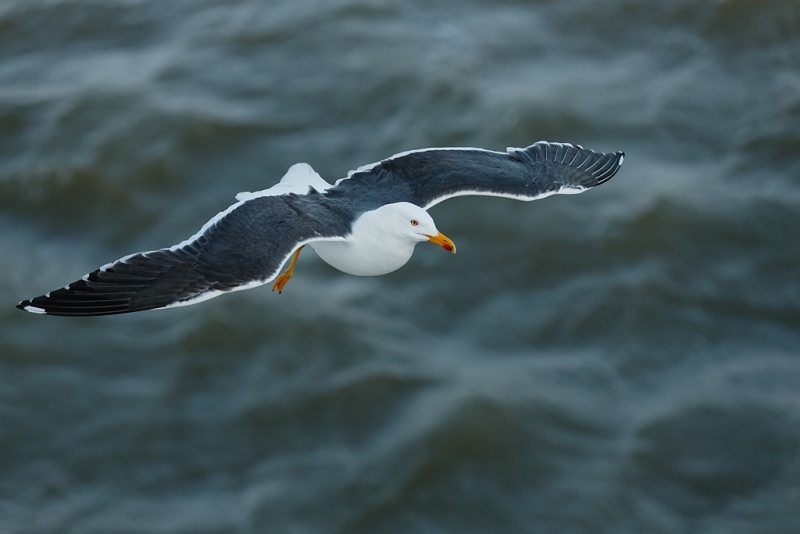
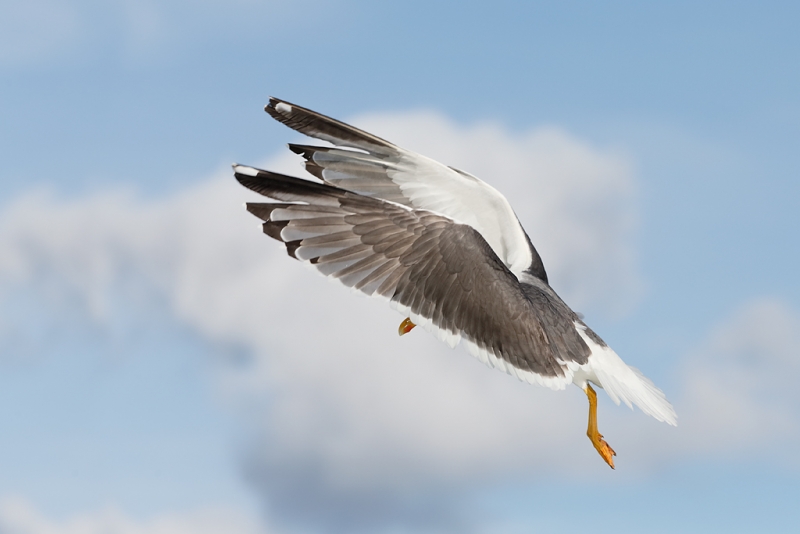
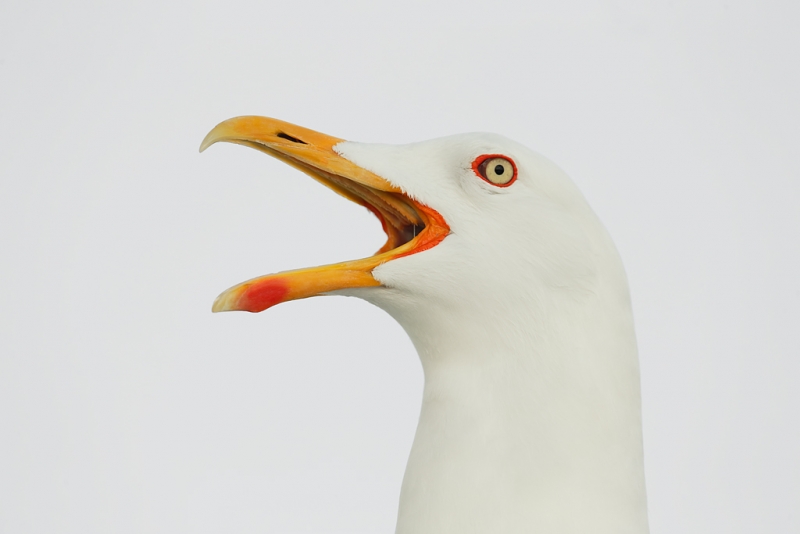
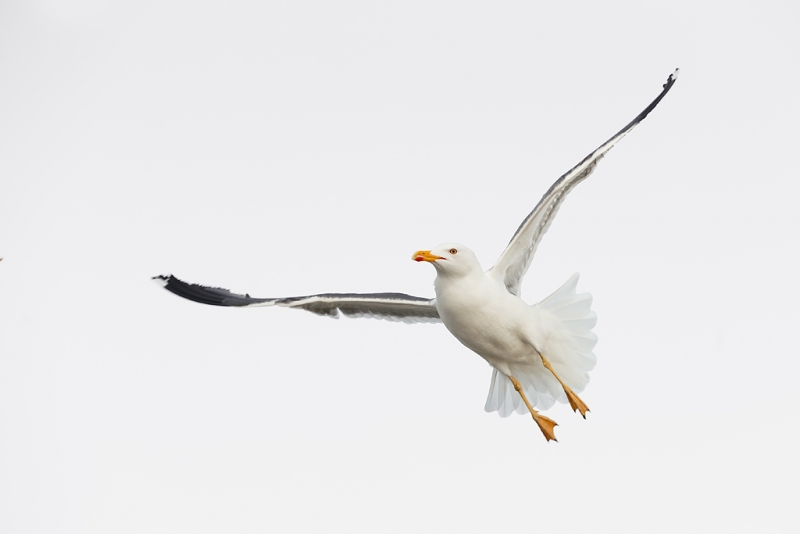
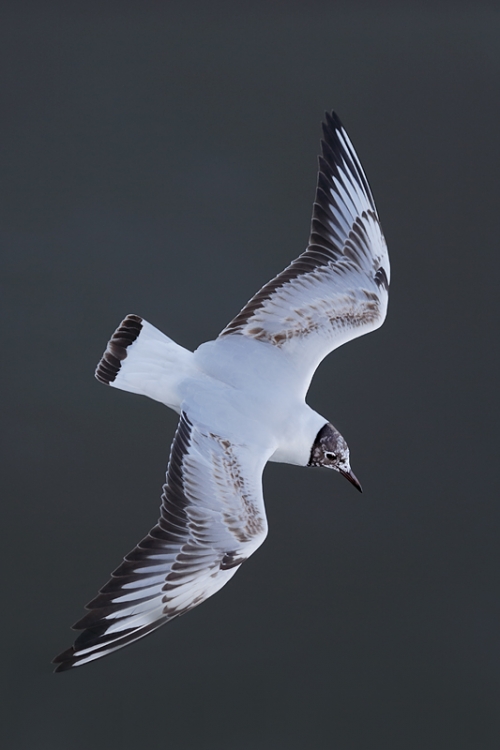
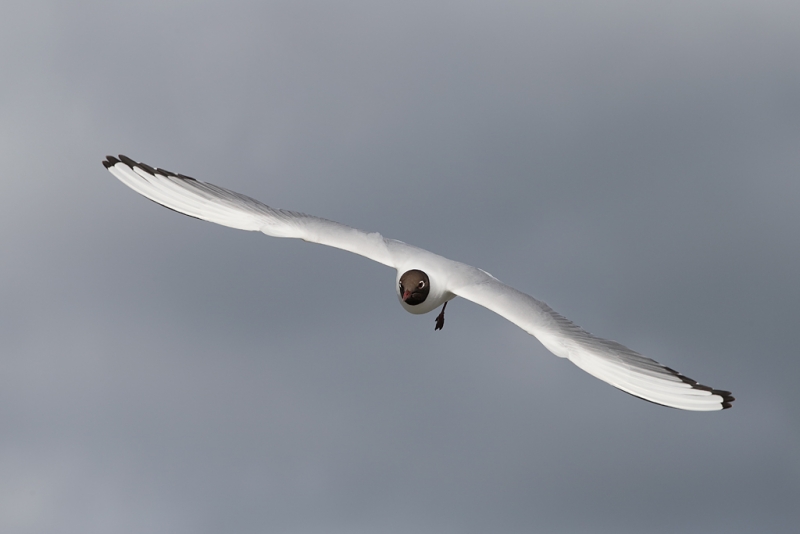













Thank you for the “quite skilled” 🙂
Hope you had a good and safe way back home!
Hey Artie, Very cool post. With multiple boat rides your cameras got a lot of salt spray I’m guessing. What’s your advice for cleaning it off of lenses and cameras. Thanks. Steve
Thanks Steve, No spray on those big ships but when I get some salt spray on the gear I go with a damp cloth followed by a soft, dry cloth. Nothing earth-shaking.
Based on your prior posts, I bought a Black Rapid strap too. It was a great recommendation. Thanks I actually did not know how great it is until I did a recent rip with a regular strap. My neck hurt all the time. I have tried the basic Black Rapid and the improved model and prefer the basic one.
Thanks Bill. I depend on mine every day in the Galapagos for my one the shoulder auxiliary lens. You reminded me to add the link above. Here it is for everyone’s convenience: RS-7 Black Rapid strap.
Hi Artie,
notice that you were not the only one without a camera strap… I don’t even had one with me 🙂
Right now I am editing my images from the trip and want to thank you for giving me new ideas…
Love, Rosl
Hey Rose, I missed that 🙂 It was great meeting you. Rosl is a quite skilled photographer from Germany. I was familiar with her work from BirdPhotographer’s.Net (BPN) where she posts regularly in the Avian Forum.